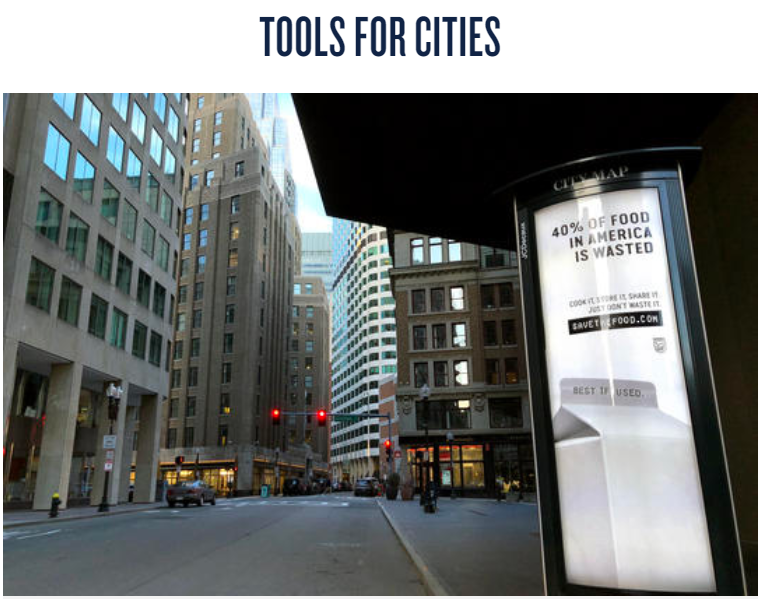Loss and waste of nutritious foods needs to be an urgent ‘new’ priority for improving diets and nutrition. Both fundamentally affect the availability and affordability of foods which make up healthy diets, and represent a major food system dysfunction that can no longer be tolerated. Every year, approximately 1.3 billion metric tons of food produced for human consumption – one third of the total – never reaches the consumer’s plate or bowl (see Section 2), yet 3 billion people today have poor or inadequate diets. The combined threats of micronutrient deficiencies, undernutrition and obesogenic diets pose a serious challenge to policymakers – not only in terms of the health, learning capacity and productivity of their citizens, but also in relation to mounting healthcare costs associated with poor diet quality.
Reducing loss and waste in nutritious foods would yield substantial benefits far beyond addressing hunger and malnutrition – to encompass economies and the natural environment. The gains made would contribute to the efficiencies needed to address climate change. Eating more of the nutrient-rich food already being produced would unlock savings in water and energy consumption, land use, and resources used in industrial food fortification. And the scale and pace of food production would not need to increase at the rates currently required to feed an extra 1 billion people by 2030.
However, addressing loss and waste in nutrient-rich foods presents a particular challenge. Foods such as fruits and vegetables, seeds and nuts, dairy products, meat, fish and seafood are highly perishable and often prone to pests and disease, making them disproportionately susceptible to both loss and waste. A key aim of this policy brief is therefore to provide advice to policymakers on how to proceed.
The brief analyzes the levels of loss and waste in nutritious foods in different regions of the world, and where those losses occur throughout food value chains. It also presents important new analysis which looks into the future to identify supply gaps that could develop in key nutrients unless action is taken. The same analysis is extended to quantify the benefits that could result if policymakers were to act to substantially reduce losses and waste.
The brief also examines the many ways in which food loss and waste occur across the food system – from agricultural production to processing and packaging, storage, transportation, retail, and through to people’s own kitchens. Adopting a broad approach is critical because so much loss and waste occurs beyond the farm gate. Drawing on the latest evidence, the brief concludes by setting out six key priorities for action to reduce loss and waste of nutrient-rich foods. It also provides diverse examples of existing initiatives and potential innovations to guide action in both the public and private sectors.



